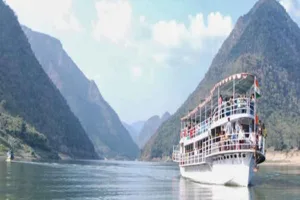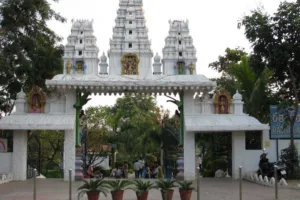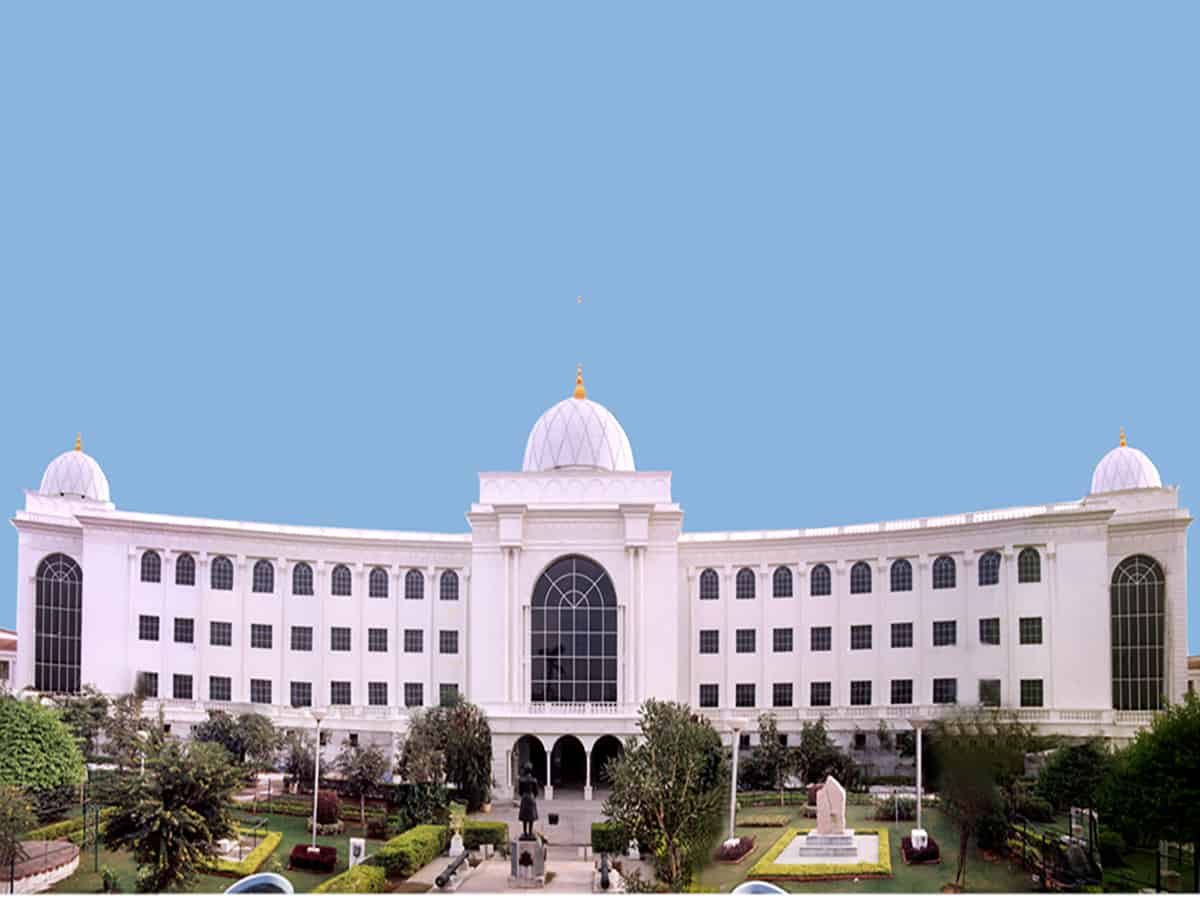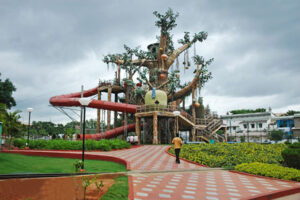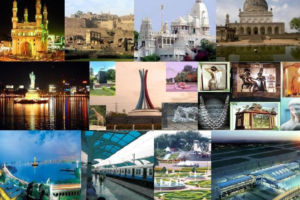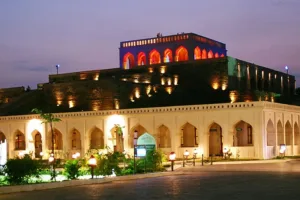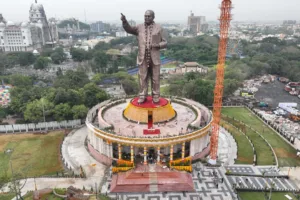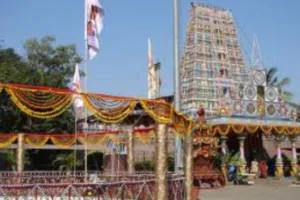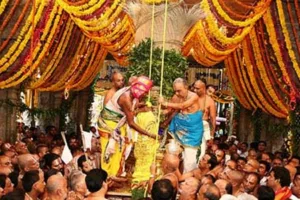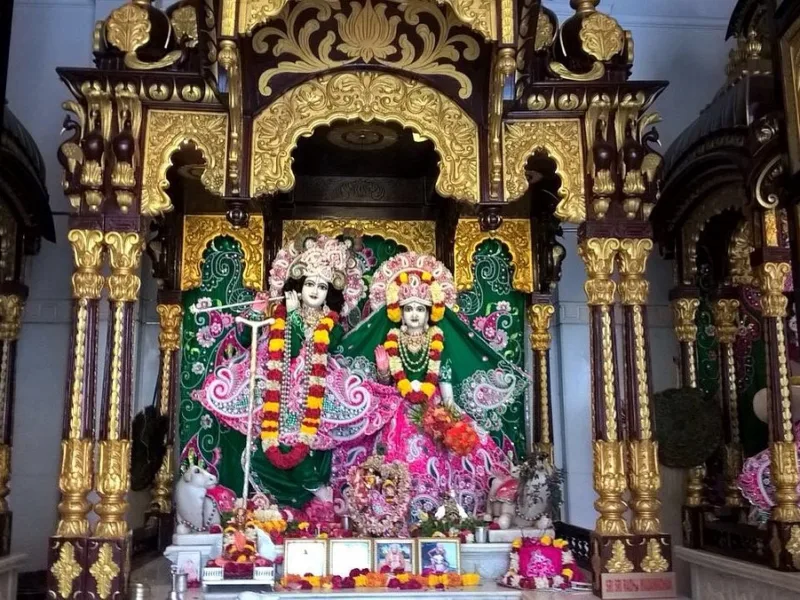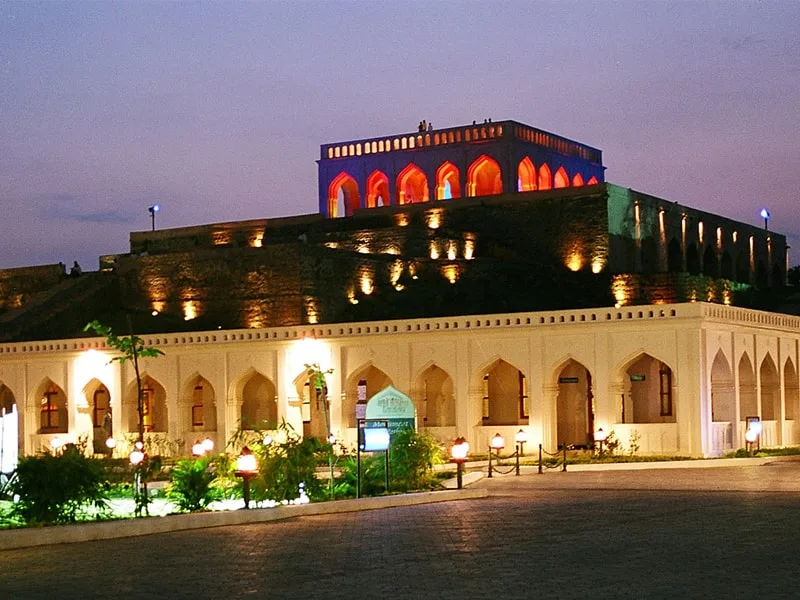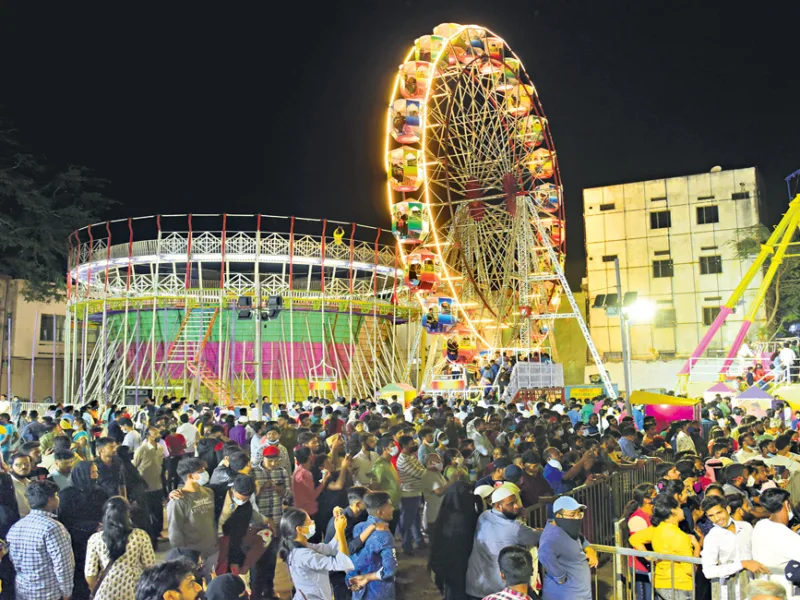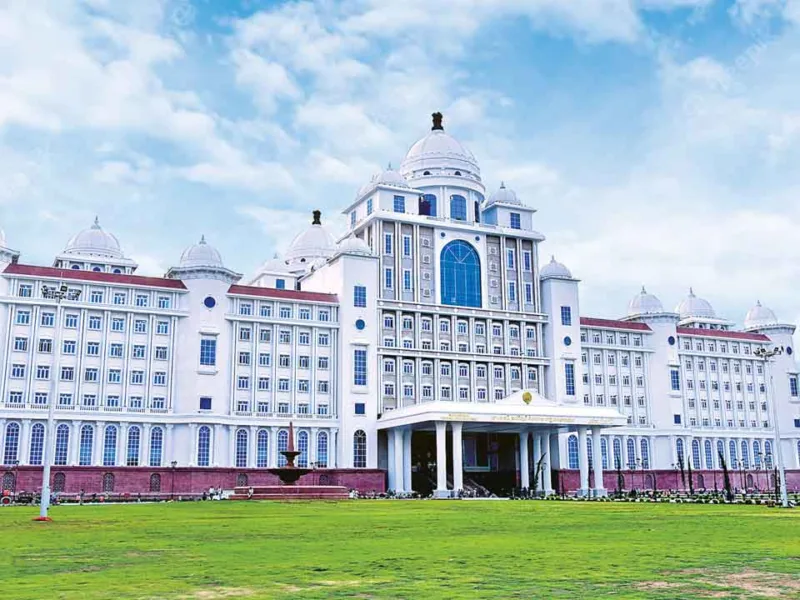Bodh Gaya Travel Guide – Bodh Gaya Tourism
About Bodh Gaya:
Bodh Gaya, nestled in the state of Bihar, holds immense spiritual significance as the place where Gautama Buddha attained enlightenment under the Bodhi Tree. A pilgrimage destination for Buddhists worldwide, Bodh Gaya radiates a peaceful aura, inviting seekers and admirers of cultural heritage. The Mahabodhi Temple Complex, a UNESCO World Heritage Site, stands as a testament to the profound historical and spiritual legacy of this sacred city.
Best Time To Visit Bodh Gaya:
The optimal time to experience Bodh Gaya is from October to March when the weather is pleasant, allowing visitors to explore the sacred sites comfortably.
How To Reach Bodh Gaya:
Bodh Gaya is well-connected by air, road, and rail. The nearest airport is Gaya Airport, and the city is accessible by road and train from various parts of India.
Transport In Bodh Gaya:
Local transport in Bodh Gaya includes auto-rickshaws, cycle-rickshaws, and taxis, providing convenient options for exploring the city’s spiritual and historical landmarks.
People Of Bodh Gaya:
The population of Bodh Gaya is diverse, attracting pilgrims and tourists from across the globe. The local community is known for its hospitality and reverence for the city’s spiritual heritage.
Languages Of Bodh Gaya:
While Hindi is widely spoken, English is also understood, especially in areas frequented by tourists. The language diversity reflects the cosmopolitan nature of the pilgrims who visit Bodh Gaya.
History Of Bodh Gaya:
Bodh Gaya’s history is deeply intertwined with the life of Siddhartha Gautama, who became the Buddha. The city’s historical significance is highlighted by the Mahabodhi Temple and the Bodhi Tree, witnessing the enlightenment of the Buddha.
Culture Of Bodh Gaya:
Bodh Gaya’s cultural ambiance is infused with the teachings of Buddhism. Pilgrims engage in prayer and meditation, contributing to the serene atmosphere of the city. The annual Mahabodhi Mahotsav celebrates the spiritual heritage of Bodh Gaya.
Weather Of Bodh Gaya:
Bodh Gaya experiences a subtropical climate, with hot summers, a monsoon season, and cool winters. The weather is most favorable for visits during the winter months.
Best Places to Visit in Bodh Gaya:
Mahabodhi Temple: A UNESCO World Heritage Site, the Mahabodhi Temple is the spiritual heart of Bodh Gaya. It houses the sacred Bodhi Tree under which Buddha attained enlightenment. Pilgrims and visitors find solace in the temple’s serene surroundings and intricate carvings.
Bodhi Tree: Believed to be a descendant of the original tree under which Buddha meditated, the Bodhi Tree is a symbol of enlightenment. Pilgrims often meditate and circumambulate the tree as part of their spiritual journey.
Great Buddha Statue: Dominating the landscape, the Great Buddha Statue is a 25-meter tall bronze figure of Buddha in a meditative pose. It stands near the Mahabodhi Temple, radiating a sense of tranquility.
Animesh Lochana Chaitya: This stupa marks the spot where Buddha spent the second week in meditation, gazing without blinking at the Bodhi Tree. Pilgrims visit the Animesh Lochana Chaitya to pay homage to this significant event.
Archaeological Museum: Housing a collection of artifacts and relics, the Archaeological Museum provides insights into the history of Buddhism and the archaeological findings in and around Bodh Gaya.
Sujata Kuti: Located near the Mahabodhi Temple, Sujata Kuti commemorates the kindness of Sujata, who offered food to Buddha before his enlightenment. Pilgrims often visit this peaceful spot.
Ratnaghara: Ratnaghara is a small shrine where Buddha spent the third week after enlightenment, contemplating the magnitude of his newfound wisdom. Pilgrims reflect on the teachings of Buddha in this sacred space.
Bodhgaya Multimedia Museum: Offering a modern perspective on the life of Buddha, the Bodhgaya Multimedia Museum uses multimedia exhibits to narrate the story of Buddha’s enlightenment.
Royal Bhutan Monastery: Known for its traditional Bhutanese architecture, the Royal Bhutan Monastery is a peaceful retreat for meditation and reflection. The monastery showcases intricate carvings and paintings.
Ajapala Nigrodha Tree: This ancient banyan tree is believed to be the site where Buddha spent the fourth week after enlightenment, contemplating the implications of his teachings.
Muchalinda Lake: According to legend, the snake king Muchalinda protected Buddha from rain during meditation. Muchalinda Lake commemorates this event, and pilgrims visit to reflect on the symbiotic relationship between nature and spirituality.
Dungeshwari Cave Temples: Located about 12 kilometers from Bodh Gaya, these caves are associated with Buddha’s six years of ascetic practices before attaining enlightenment. Pilgrims explore the caves and reflect on the transformative journey of Buddha.
Vietnamese Temple: A symbol of the friendship between India and Vietnam, the Vietnamese Temple features traditional Vietnamese architecture and is a serene place for meditation and contemplation.
Bodh Vilas: A garden with a variety of plants and flowers, Bodh Vilas provides a peaceful environment for meditation and relaxation. The garden is designed to inspire tranquility and introspection.
Burmese Vihara Monastery: Reflecting Burmese architectural style, this monastery is a center for meditation and study. Pilgrims and visitors appreciate the monastery’s serene ambiance and cultural significance.
In conclusion, Bodh Gaya stands as a spiritual oasis, inviting travelers to delve into the teachings of Buddhism and experience the serenity of enlightenment. Whether meditating under the Bodhi Tree, exploring the Mahabodhi Temple, or reflecting at the Great Buddha Statue, the sacred sites of Bodh Gaya offer a transformative journey for the soul.


